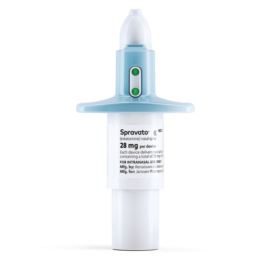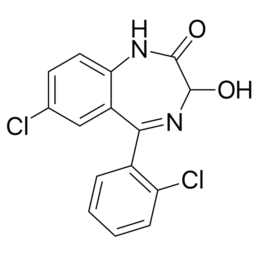Isolated from marine fungus Penicillium bilaiae MA-267, penicibilaenes A (8) and B (9) are two sesquiterpenes showing selective and potent activity against plant pathogenic fungus Colletotrichum gloeosporioides. (37) They possess an intriguing tricyclo[6.3.1.01,5]dodecane skeleton, which is constituted by [3.3.1]-bridged and [4.3.0]-fused junctions. They also contain six chiral centers with five being contiguous and one all-carbon quaternary stereocenter. Inspired by the biomimetic “two-phase” approach for terpene synthesis, (38) a “C–C/C–H” two-stage strategy was proposed to prepare penicibilaenes A and B (Scheme 21A). (4) In the “C–H” stage, substituents and additional stereocenters are introduced to the core skeleton via sequential desaturation/β-functionalization of ketones, while in the “C–C” stage the carbon scaffold of the natural products is constructed by the cut-and-sew reaction.
.
.

In a forward style, the cut-and-sew precursor 96 was synthesized in three steps from commercially available starting materials 97, 98, and 99 (Scheme 21B). The key C–C activation reaction turned out to be nontrivial, and an important linker effect was found (Scheme 21C). Alkenyl (Lk1), epoxide (Lk2), silyl ether (Lk3), and methyl ether (Lk4) linkers were unsuccessful due to either their instability or lack of rigidity. Eventually, the ester-substituted alkenyl ester linker (Lk5) was most ideal because of its increased rigidity and stability; it also eased the substrate preparation. To address the challenge of coupling with a trisubstituted alkenyl group, 2-amino-3-isopropylpyridine (DG-4) was employed as the temporary carbonyl protecting group and directing group (Scheme 21D). It is also necessary to add zinc triflate to promote the cyclization, though its exact role remains to be uncovered. Ultimately, the desired cut-and-sew product (95) was obtained in useful yield, which then underwent decarboxylation to give tricycle 94.


Recent Comments